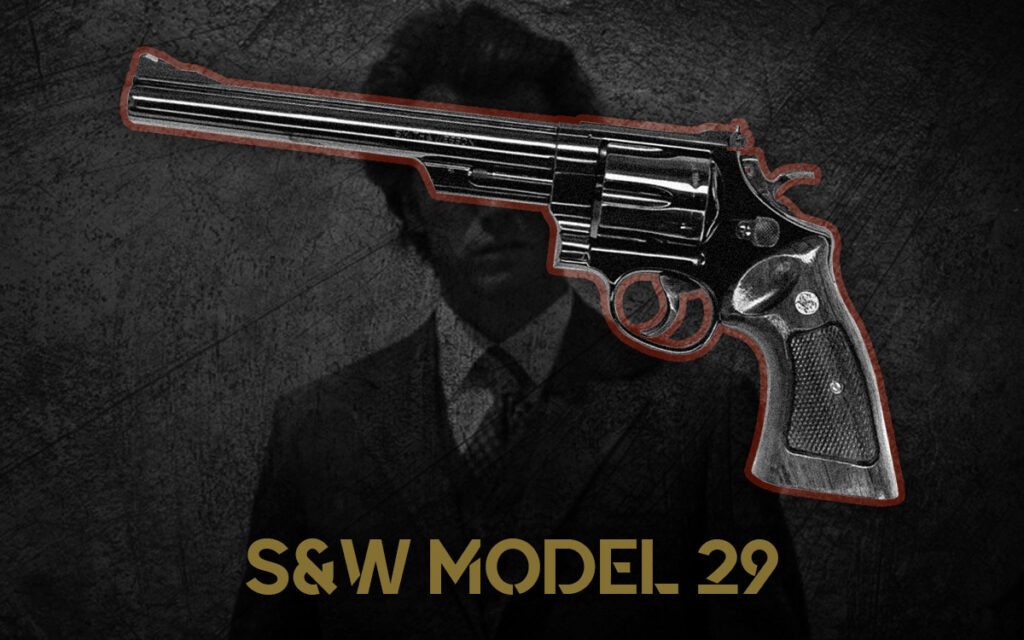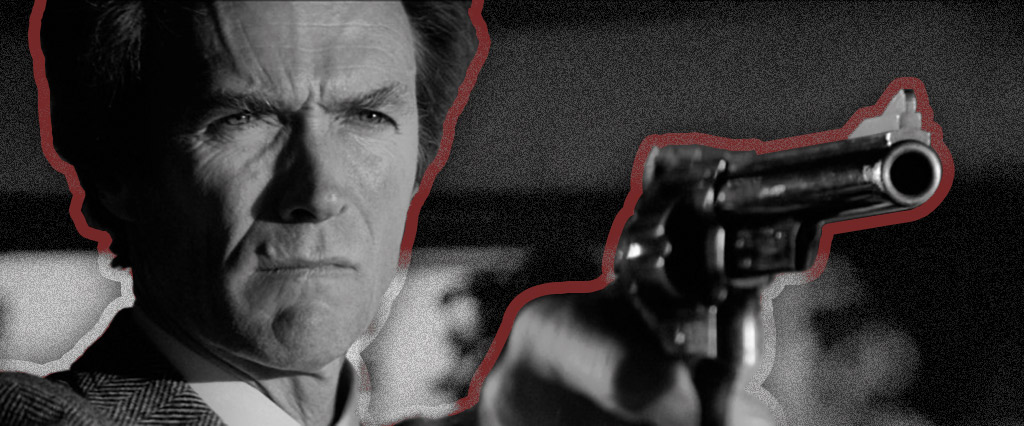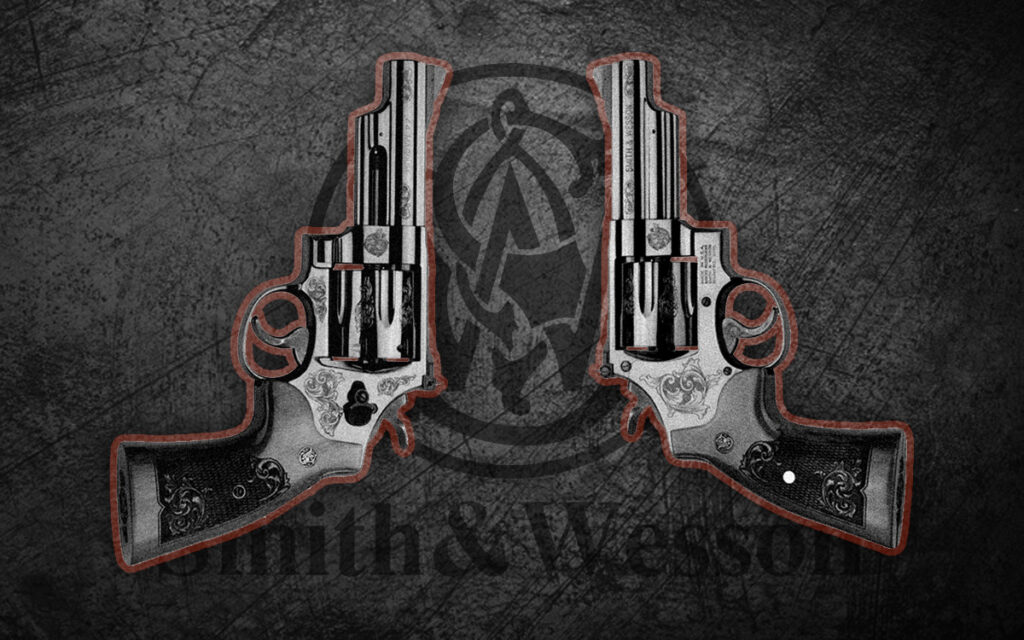
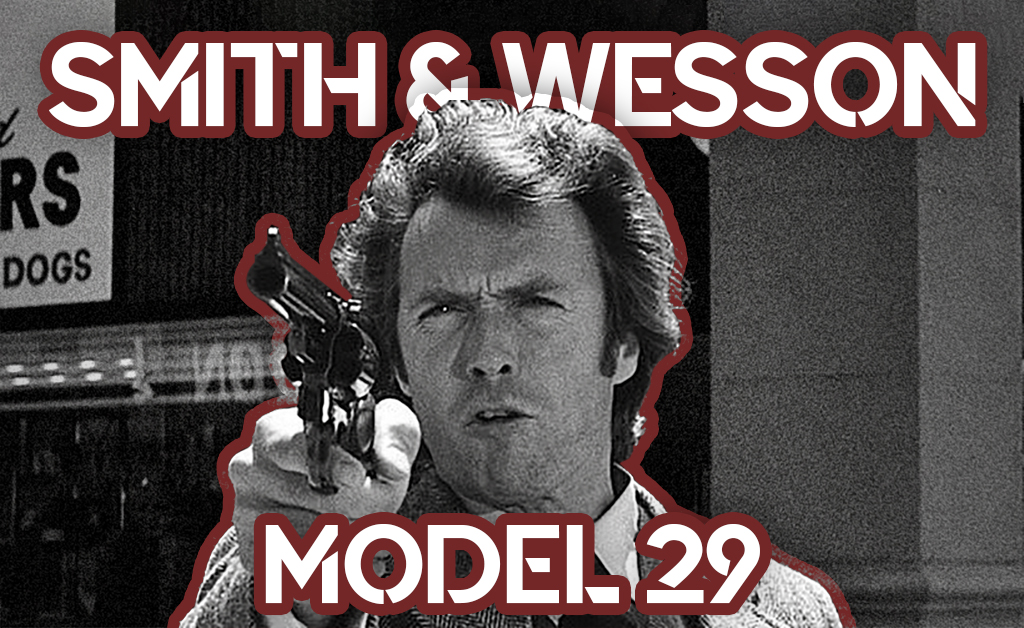
An iconic American film series, “Dirty Harry” revolutionized the crime genre in cinema. The series, spanning five feature films, follows the journey of “Dirty” Harry Callahan. He’s a no-nonsense San Francisco police inspector whom Clint Eastwood brilliantly portrays. His sidekick in the films, a Smith & Wesson Model 29, shares an equal amount of screen time. These films push the envelope by showing urban crime and justice, often blurring the line between law enforcement and vigilantism.
You’ve got to ask yourself one question: ‘Do I feel lucky?’ Well, do ya, punk?”
– “Dirty” Harry Callahan to an armed robbery suspect.
Debuting in 1971 with the eponymous film “Dirty Harry,” the series continued with “Magnum Force” (1973). Then came “The Enforcer” (1976), “Sudden Impact” (1983), and “The Dead Pool” (1988). Under the gritty, action-packed surface, the films explore morality and law enforcement themes. The “Dirty Harry” series left an indelible impact on pop culture with its memorable one-liners and Eastwood’s charismatic performance.
Although each film is distinctive, one thread ties them together: Callahan’s Smith and Wesson Model 29 revolver. Harry turned this large-framed, powerful weapon into an iconic handgun, cementing its place in pop culture as the embodiment of law enforcement authority. The firearm plays such a primary role throughout the stories that we will exclusively focus on it. We’ll begin by examining its history and move on to its variations and how Harry used it in the films.
History Of The Smith & Wesson Model 29
The Smith & Wesson Model 29’s history dates back to the late 1950s. Designed by the esteemed American firearms manufacturer Smith & Wesson, the company unveiled the Model 29 to the public in 1955. It was a significant development in the firearms industry because it was the first revolver chambered for the .44 Magnum cartridge. It was a powerful load initially created for hunting but later found fame in law enforcement and self-defense.
The revolver quickly gained popularity, and Eastwood’s character in the Dirty Harry films reinforced its place in popular culture. In the movie, Eastwood’s character refers to the Model 29 as “the most powerful handgun in the world.” This portrayal increased demand for the revolver as it swiftly became a symbol of raw power, thanks to its heavy recoil and large size.
The Model 29 has undergone various modifications and iterations over the years. Still, the fundamental design has remained unchanged, maintaining the classic look and feel, making it beloved among firearm enthusiasts. Today, the Smith & Wesson Model 29 continues to be a popular choice for many, standing as a testament to the enduring appeal of this legendary firearm.
Dirty Harry Gun Specifications
The S&W Model 29 is a six-shot, double-action revolver. S&W’s built the gun on its large N-frame and initially made it available with a 4-inch, 6.5-inch, or 8-3/8-inch barrel.
The Model 29 gained substantial recognition for its .44 Magnum caliber, a significant step up in power from the standard .38 Special revolvers of the time. The Magnum makes it a high-performing handgun for shooting enthusiasts and a reliable hunting and personal defense tool. The revolver’s frame, cylinder, and barrel are all carbon steel, with a standard blued finish – though other finishes, such as nickel, are also available.
Regarding design, the S&W Model 29 boasts a robust and reliable mechanism. Along with its adjustable rear sights for windage and elevation, it also features a ramp front sight. The gun’s weight, ranging from 41.5 to 48.5 ounces depending on the barrel length, offers ample mass to absorb the recoil from the powerful .44 Magnum rounds.
Model 29 Variations
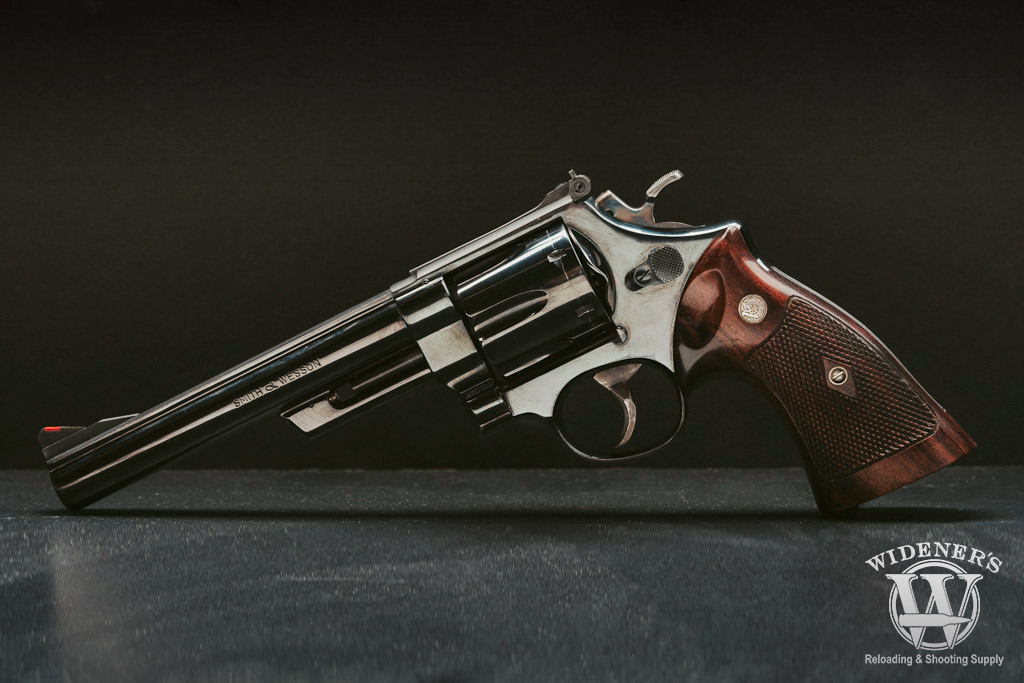
Go ahead, make my day: Barrel length options for the Smith & Wesson Model 29 range from 3 to 10.625 inches.
The Model 29 evolved through 10 different sub-variants with unique features and specifications between the mid-1950s and today. For example, barrel length varies across models, ranging from 3 to 10.625 inches. Users can choose the best fit for their needs – meanwhile, Harry’s .44 had a 6.5” barrel.
The Model 29-2, a popular variant from 1961, is noted for its high level of finish and the use of more durable materials in its construction. The Model 29-3 from 1982 introduced a new yoke retention system and eliminated the pinned barrel and counterbored cylinder features.
Another noteworthy variation is the Model 29 Classic, which incorporates a full-length under-barrel lug and Hogue grips. The Classic DX is the top-of-the-line of the 29 Classics, featuring enhancements such as hand-tuning of the action, a high polish blue, and fancy hardwood grips.
In 1978, Smith & Wesson introduced the Model 629, a stainless steel adaptation of the Model 29. The 629 Classic variant comes with a full-length barrel underlug. Other variants include the 629 Stealth Hunter with a 7.5” ported barrel and a full-length underlug for increased stability and recoil reduction.
Whether for hunting, sport shooting, or personal defense, the Smith & Wesson Model 29 and its variations offer a versatile tool with an established place in American gun lore.
Smith & Wesson Model 29: Movie Star
The Model 29 revolver is iconic in cinema, primarily due to its significant role in the “Dirty Harry” film series. This .44 Magnum became a symbol of raw power and justice and mirrored the character of Inspector Harry Callahan. Its imposing size and potent firepower were critical to the Model 29’s cinematic appeal, helping portray the tough, no-nonsense image of Dirty Harry. Its frequent appearance in memorable scenes contributed to the Model 29 becoming synonymous with the character and, ultimately, a cultural icon in its own right.
Here are a few unforgettable scenes from across the five films.
Dirty Harry Films
Callahan confronts a fallen robber with the famous line: “I know what you’re thinking.” Later, he finishes the despicable Scorpio with the remaining round in his Model 29.
Magnum Force
The Model 29 appears at the police department’s underground shooting range, where Harry places six shots in the target’s abdomen. He also participates in the San Francisco Police Department’s pistol competition, also using the famous revolver. Callahan then uses the powerful pistol to kill a machine gun-wielding thug and to neutralize a robber threatening Harry’s partner with a double-barreled shotgun.
The Enforcer
Once again, the Model 29 stands front and center as Detective Callahan uses it to defuse a hostage situation early in the film. He also shoots at a police station bomber, fires on terrorists, and leaves a trail of dead bad guys.
Sudden Impact
Clint Eastwood directs this entry in the Dirty Harry film series. In this movie, he says the oft-repeated line, “Go ahead, make my day.” Later, the Model 29 gets kicked into the sea, and Harry replaces it with an AMC Auto Mag Pistol.
The Dead Pool
In the last Dirty Harry film, Detective Callahan kills thugs, mobsters, and robbers. And, of course, he does it with his trusty Smith and Wesson Model 29. The gun remains Eastwood’s co-star in each of the five movies.
Dirty Harry Gun: Smith & Wesson Model 29 Legacy
The Smith & Wesson Model 29 revolver left an indelible mark on the Dirty Harry film series, becoming synonymous with the character of Harry Callahan. This .44 Magnum, with its imposing size and reputation as the “most powerful handgun in the world,” helped emphasize Callahan’s unyielding nature and uncompromising approach to law enforcement. Its presence in the films popularized the Model 29, increasing sales. It also shaped the landscape of future action movies, setting a precedent for the integral role of firearms as character-defining tools.


